
Simon Stevin, the Flemish Mathematician Who Gave America the Dime the low countries
Simon Stevin (1548 - 1620) was a Flemish mathematician and engineer. He was active in a great many areas of science and engineering, both theoretical and practical.

Simon Stevin, the Flemish Mathematician Who Gave America the Dime the low countries
Simon Stevin ( Dutch: [ˈsimɔn ˈsteːvɪn]; 1548-1620), sometimes called Stevinus, was a Flemish mathematician, scientist and music theorist. [1] He made various contributions in many areas of science and engineering, both theoretical and practical.

Simon Stevin from Bruges (Simon Stevin van Brugghe), 1620 2020. He changed the world Musea
Simon Stevin, a Dutch mathematician, physicist, and engineer, was born in Bruges in 1548 and died in 1620; we have no exact birth or death dates. After some travelling, he enrolled. Scientist of the Day - Simon Stevin June 7, 2022

Simon Stevin Biography Flemish mathematician scientist and music theorist (15481620) Pantheon
Science and Technology Mathematics: Biographies Simon Stevin Stevin, Simon views 3,266,290 updated May 09 2018 STEVIN, SIMON ( b. Bruges, Netherlands [now Belgium], 1548; d. The Hague, Netherlands, ca. March 1620) mathematics, engineering.
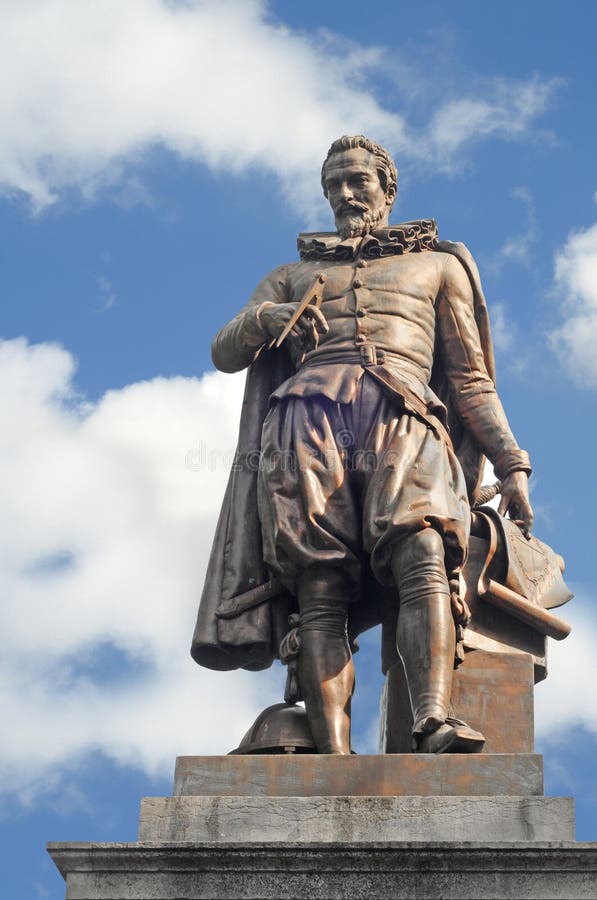
Simon Stevin, Bruges stock image. Image of blue, mathematician 19724915
Simon Stevin (1548-1620) was a Dutch military engineer by profession, but he nurtured a variety of mathematical and scientific insights. Many of these insights were refined in his writings. Mathematically, he is best remembered for his popularization of the decimal notation system and concept. In 1585 he published La Thiende ( The Tenth ).
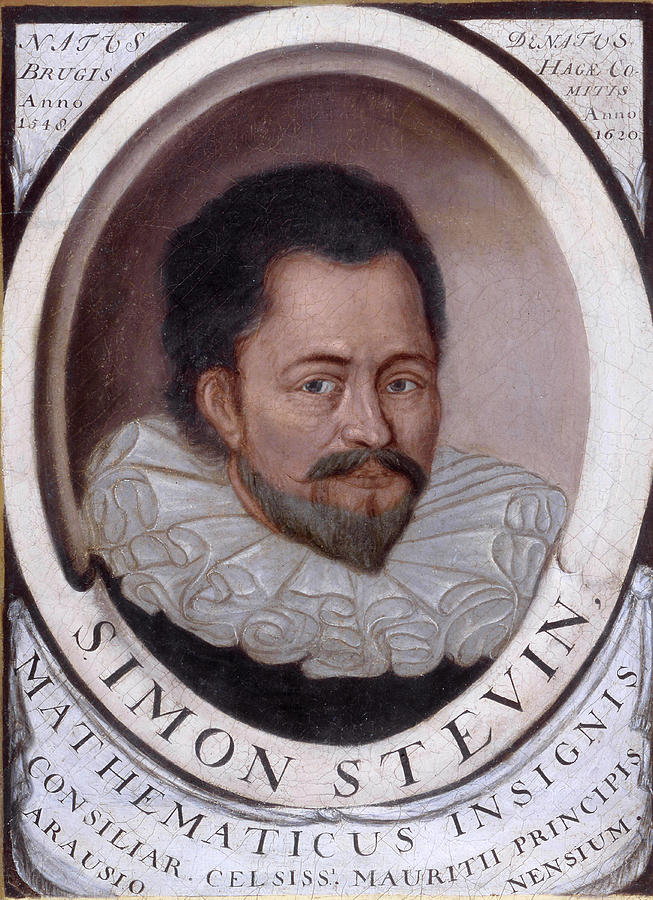
Simon Stevin, Dutch Mathematician Photograph by Science Source Fine Art America
Simon Stevin, a Flemish mathematician and physicist, was the first one who explained the vector analysis. A vector is a straight arrow pointing in the direction in which it acts. A vector is defined by: Magnitude; Direction; Point of Application (position)
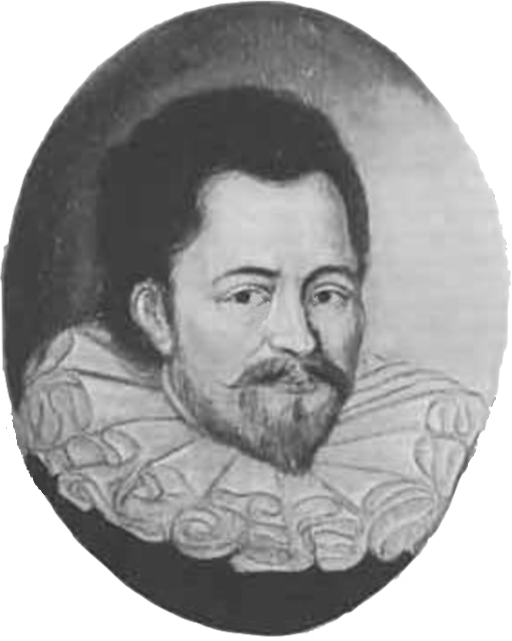
Simon Stevin
Simon Stevin (1548/49 - 1620) was a Flemish mathematician and engineer. He was active in a great many areas of science and engineering, both theoretical and practical. He also translated various mathematical terms into Dutch, making it one of the few European languages in which the word for mathematics,.

Simon Stevin (15481620) Painting by Granger Fine Art America
Simon Stevin, (born 1548, Bruges—died 1620, The Hague or Leiden, Neth.), Flemish mathematician who helped standardize the use of decimal fractions and aided in refuting Aristotle 's doctrine that heavy bodies fall faster than light ones.
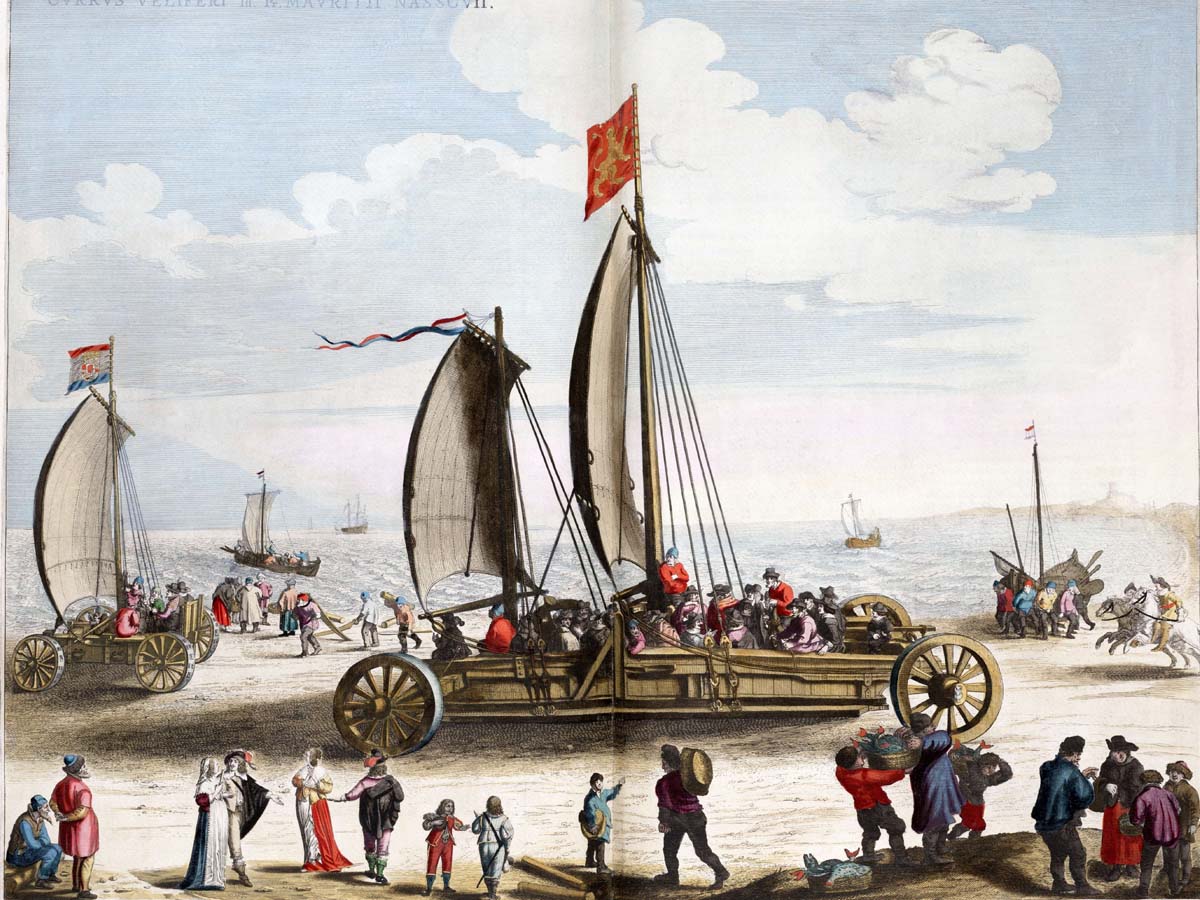
Le système décimal de Simon Stevin Curieuses Histoires Belgique
Stevin, Stevinus, (Simon) a Flemish mathematician of Bruges, who died in 1633. He was master of mathematics to prince Maurice of Nassau, and inspector of the dykes in Holland. It is said he was the inventor of the sailing chariots, sometimes made use of in Holland.
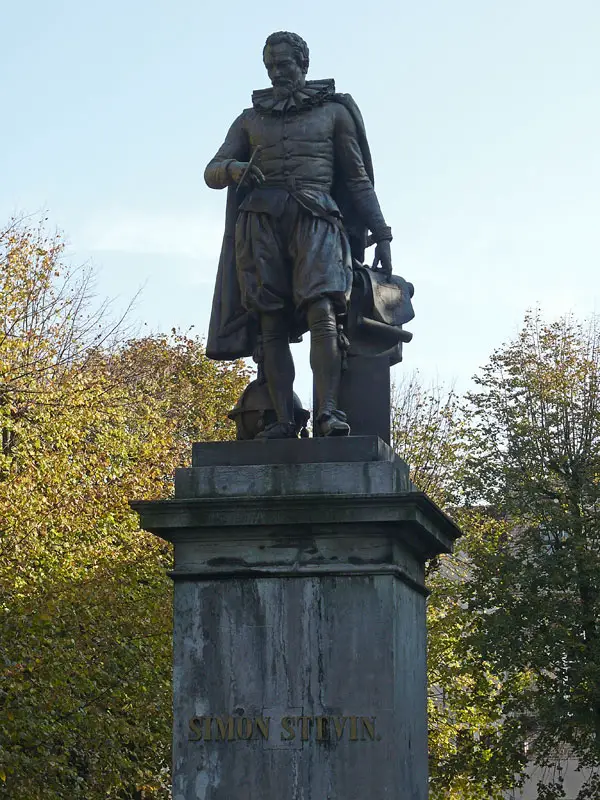
Statue de Simon Stevin à Bruges
Simon Stevin , sometimes called Stevinus, was a Flemish mathematician, scientist and music theorist. He made various contributions in many areas of science and engineering, both theoretical and practical. He also translated various mathematical terms into Dutch, making it one of the few European languages in which the word for mathematics, wiskunde , was not a loanword from Greek but a calque.
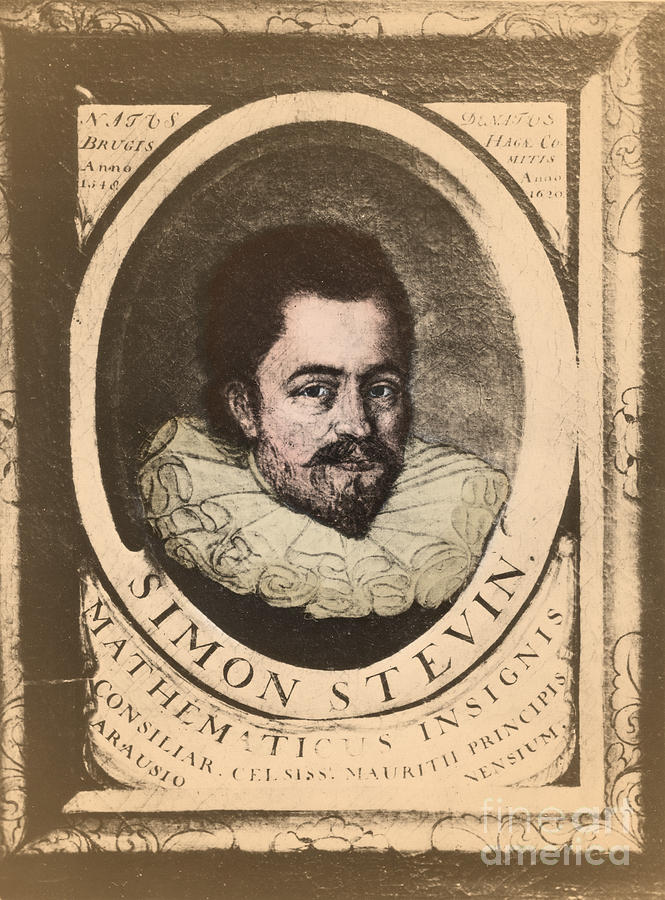
Simon Stevin, Flemish Mathematician Photograph by Photo Researchers, Inc. Fine Art America
Abstract. The article studies the dedicatory letters the Dutch mathematician Simon Stevin (1548-1620) included in his works. Dedicatory letters gave authors the opportunity to create a persona or scholarly identity for themselves and thereby also to define their field, at a time when these were still in full flux. Stevin, in his dedications.
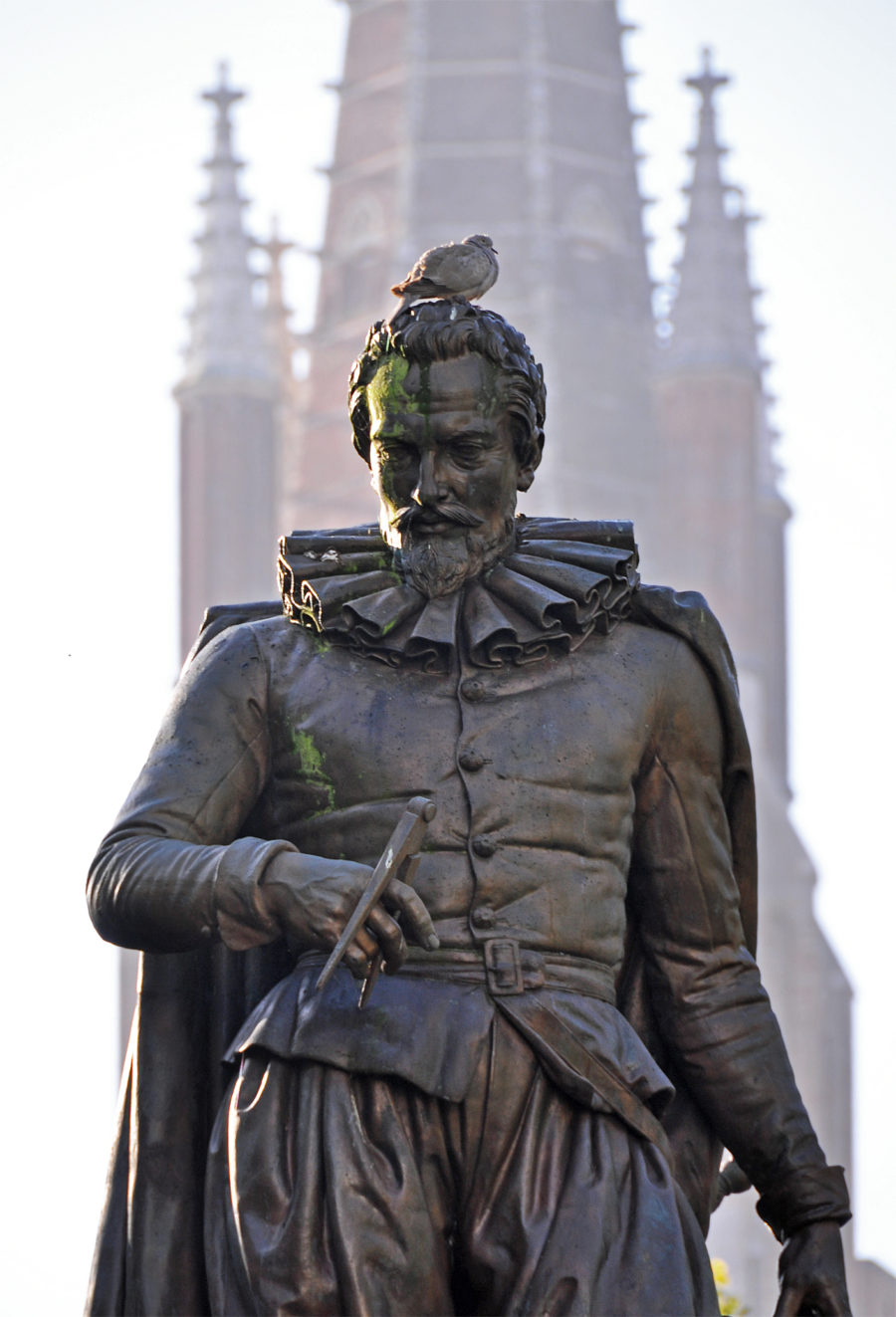
Simon Stevin, the Flemish Mathematician Who Gave America the Dime the low countries
Simon Stevin was a Dutch language academic journal in pure and applied mathematics, or Wiskunde as the field is known in Dutch. Published in Ghent, edited by Guy Hirsch, it ran for 67 volumes until 1993. [1] The journal is named after Simon Stevin (1548-1620), a Flemish mathematician and engineer .
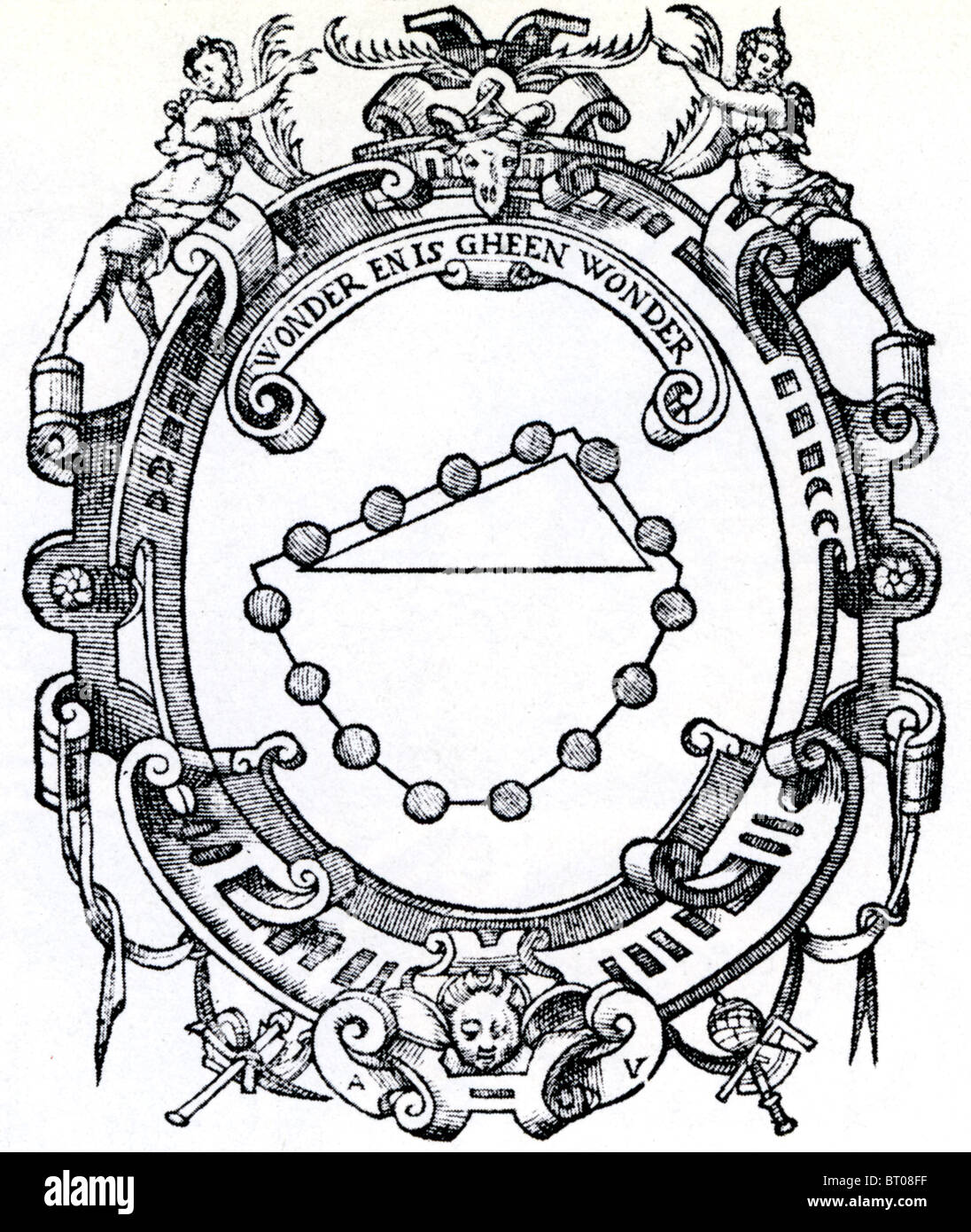
SIMON STEVIN (1548/9 1620 Flemish mathematican. Title page of his Principles of Statics (1586
Simon Stevin (1548 - 1620) was Flemish mathematician and engineer. He was one of the first people to use and write about decimal fractions, and made many other contributions to science and engineering. Travel through time and explore the greatest mathematicians and biggest mathematical discoveries in history.
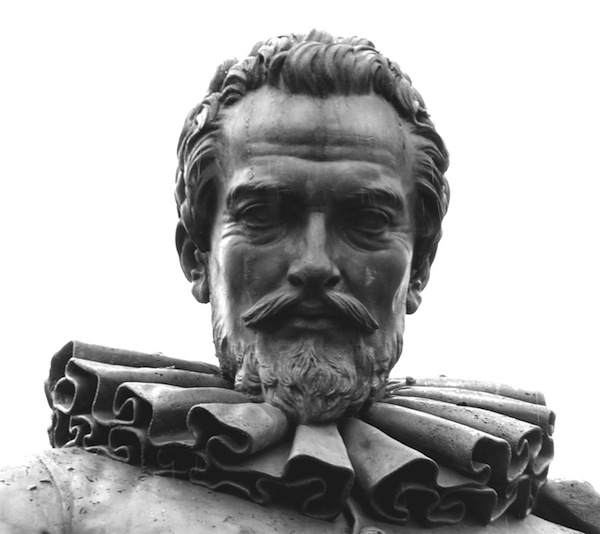
The Esperanto of Science The Metric System
Simon Stevin (1548-1620) initiated a systematic approach to deci- mal representation of measuring numbers, marking a transition from a discrete arithmetic as practiced by the Greeks, to the arithmetic of the continuum taken for granted today, see A. Malet [56] and Naets [59]. 2000 Mathematics Subject Classification. Primary 01A85; Secondary 26E35,
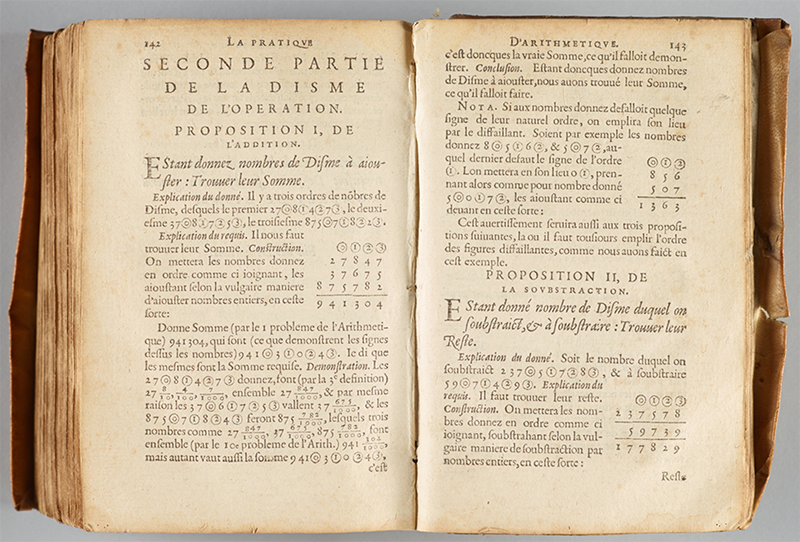
Mathematical Treasures Simon Stevin's Arithmetic Mathematical Association of America
Stevin was born in Bruges, Flanders (now Belgium) in 1548 and died at The Hague (Netherlands) in 1620. He introduced the systematic use of decimal numbers into European mathematics, and proposed the unification of the system of weights and measures with a method based on the decimal subdivision of the unit.
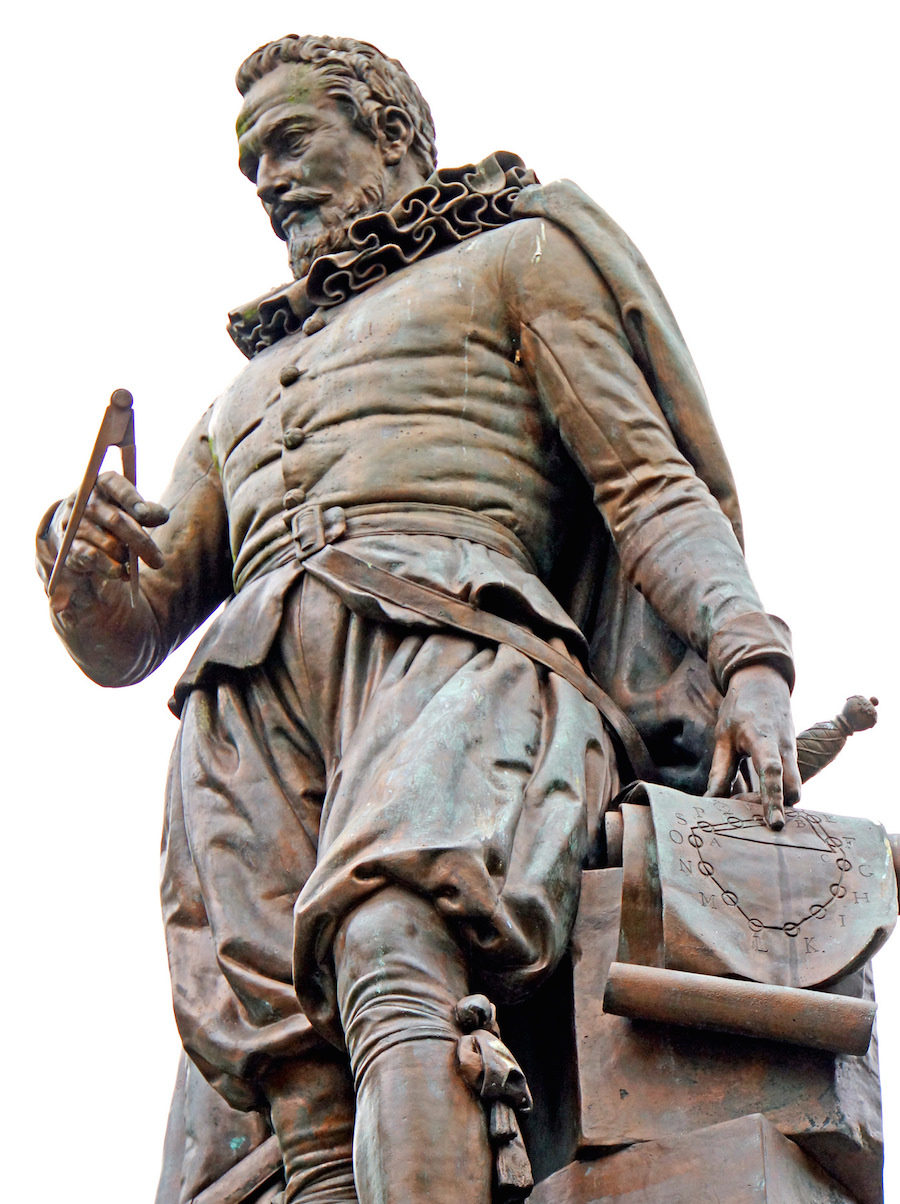
Scientific Notation and Order of Magnitude Math in Science Visionlearning
Simon Stevin (1548-1620) was a Dutch military engineer, a mathematician, and an adventurer. In 1585, he published L'Arithmetique, one of only two books that he wrote in the French language.